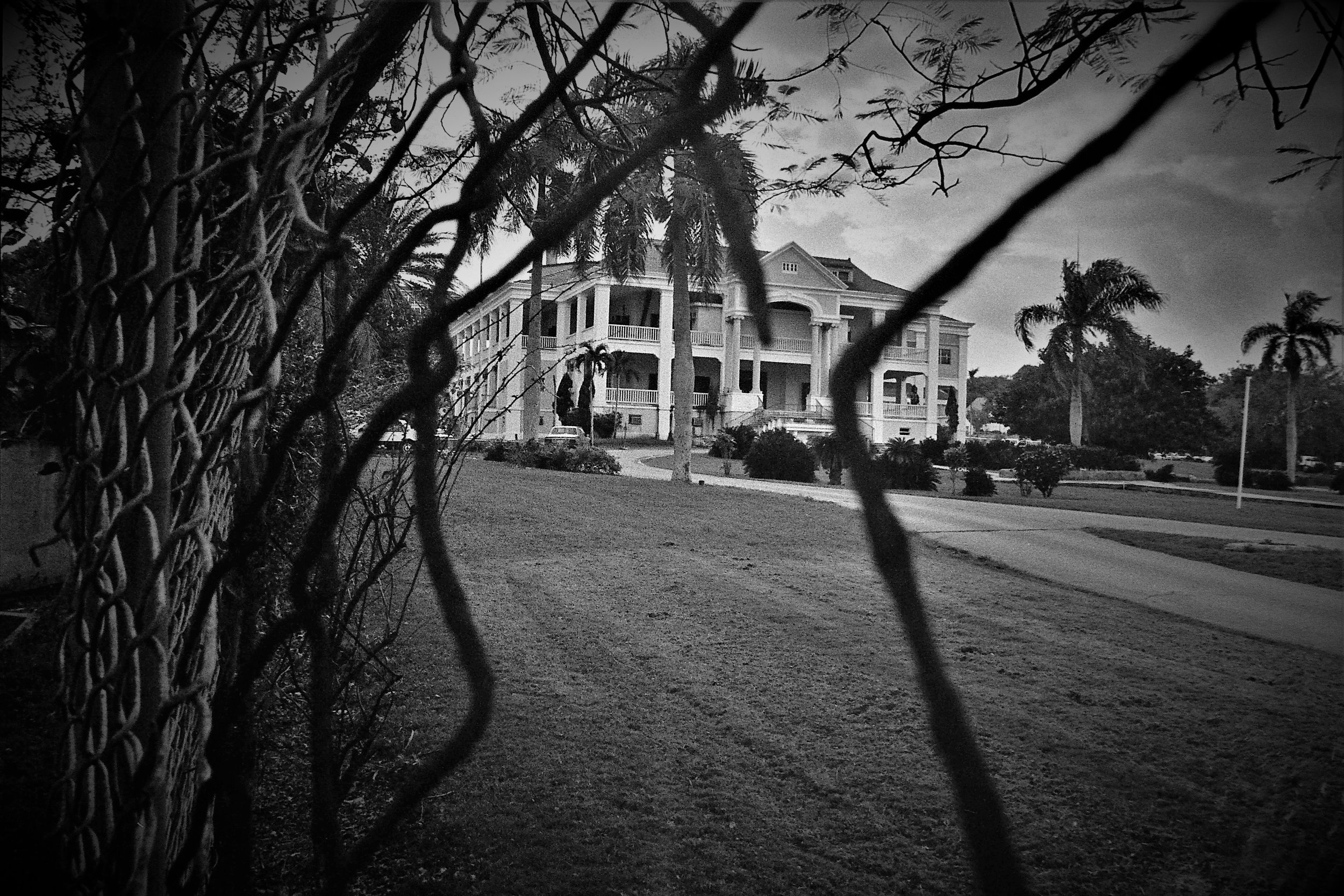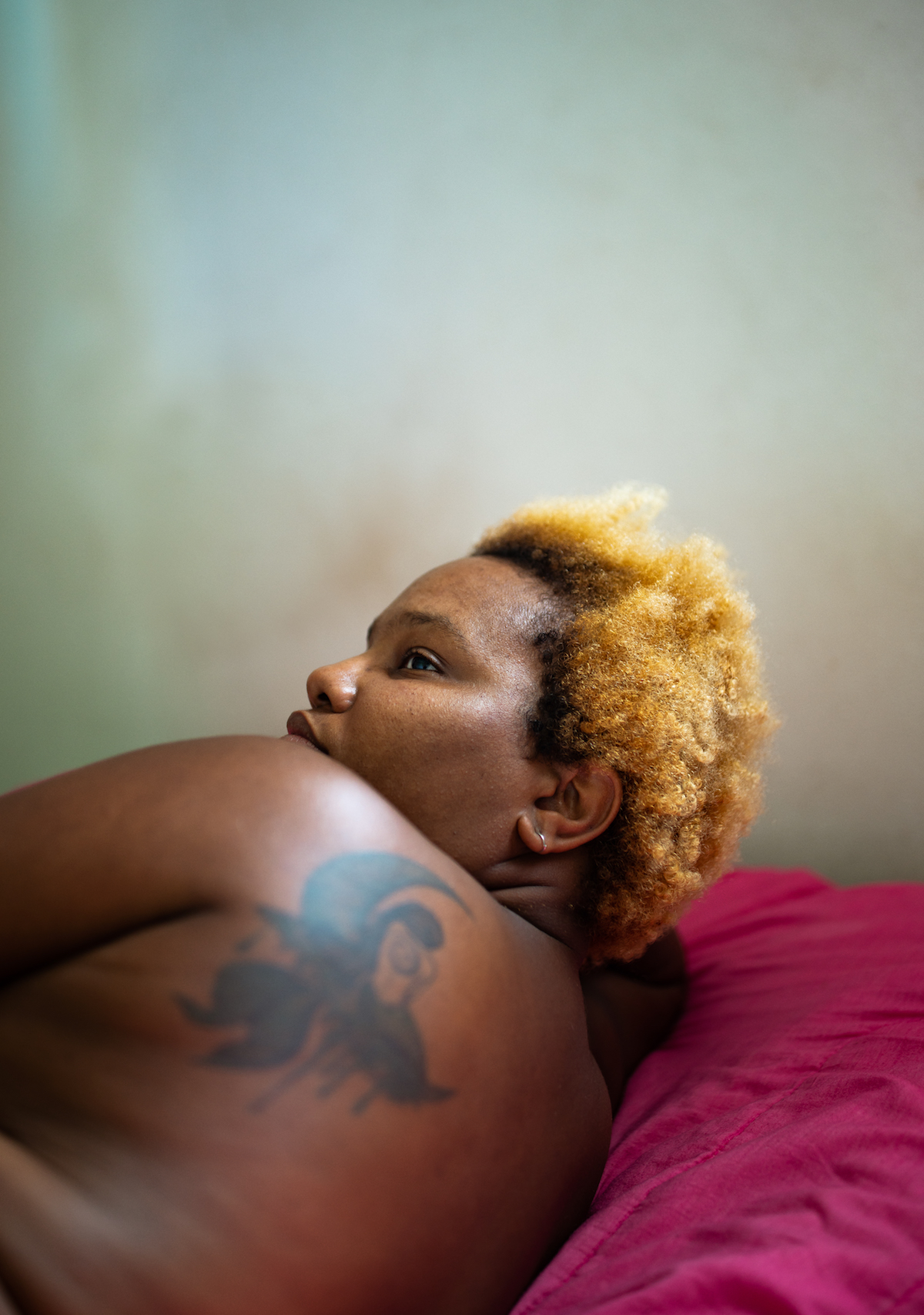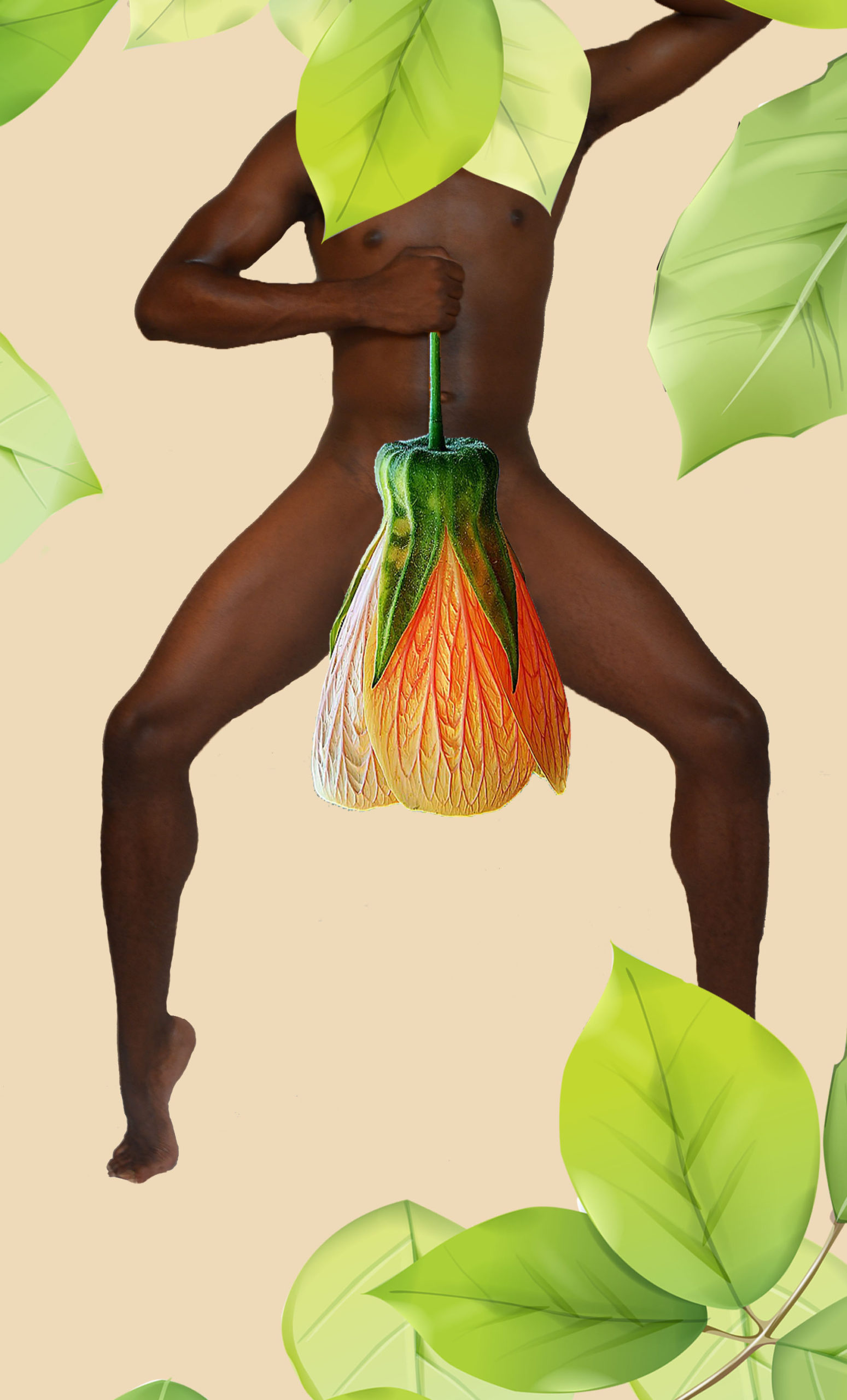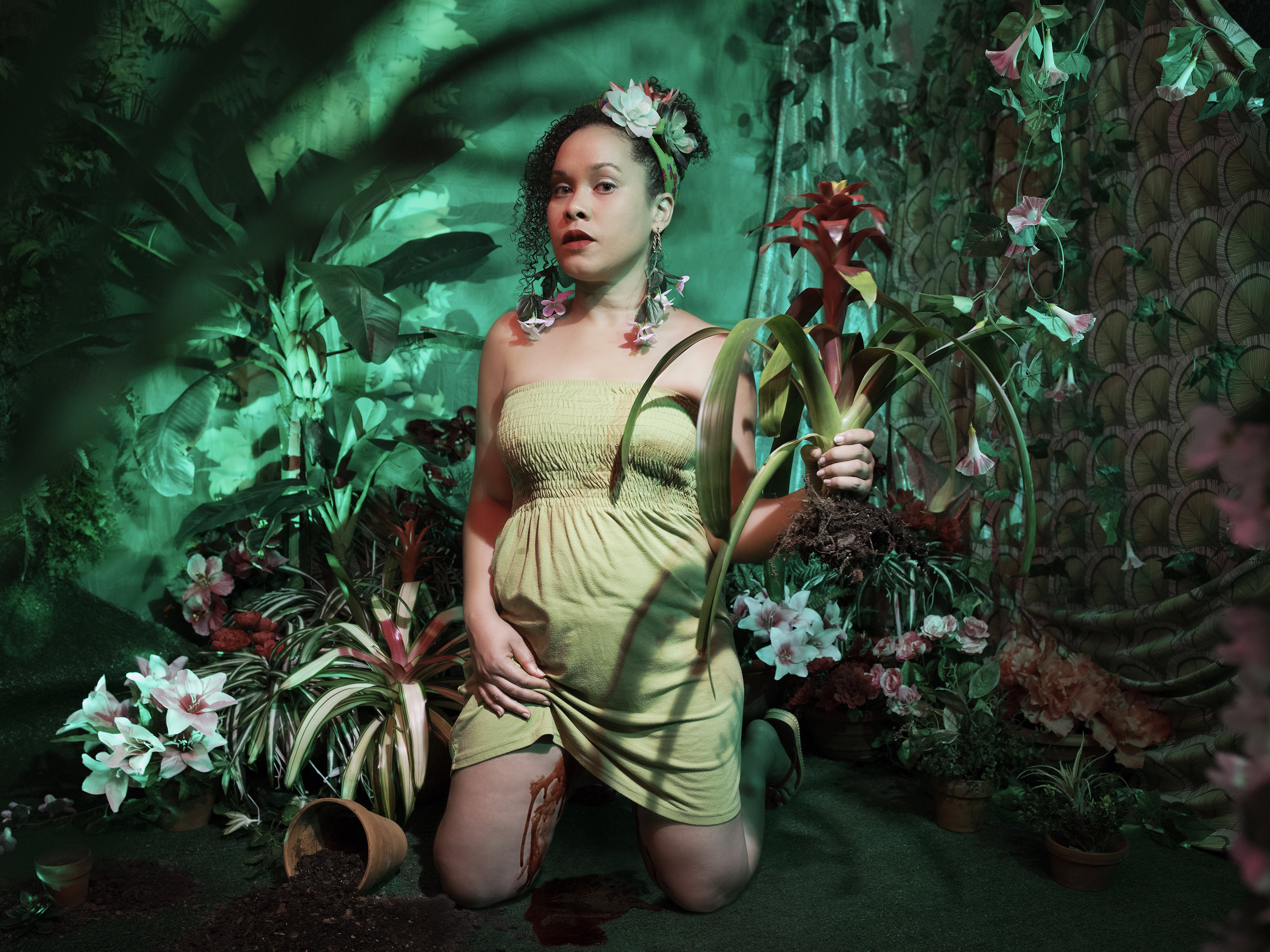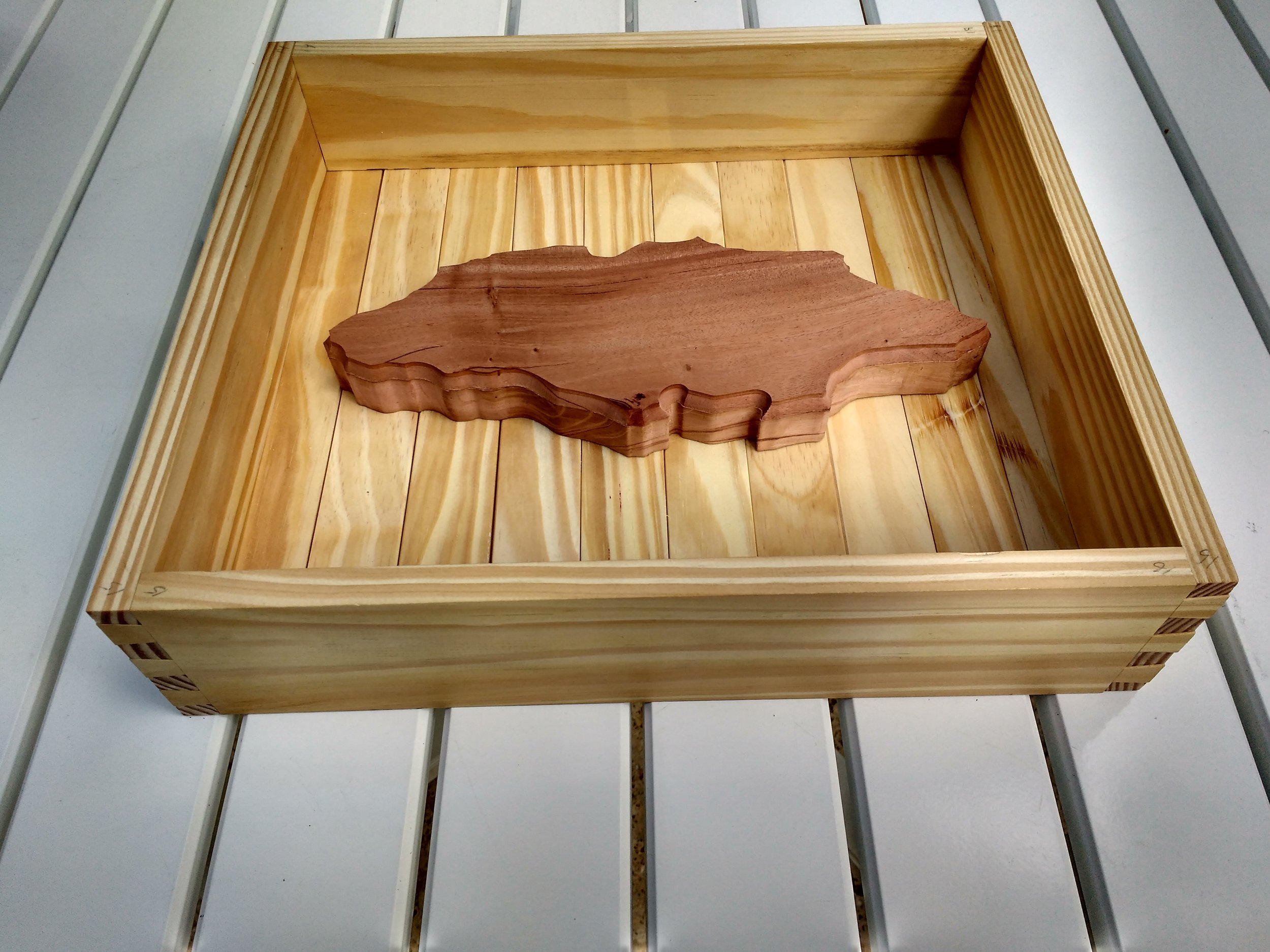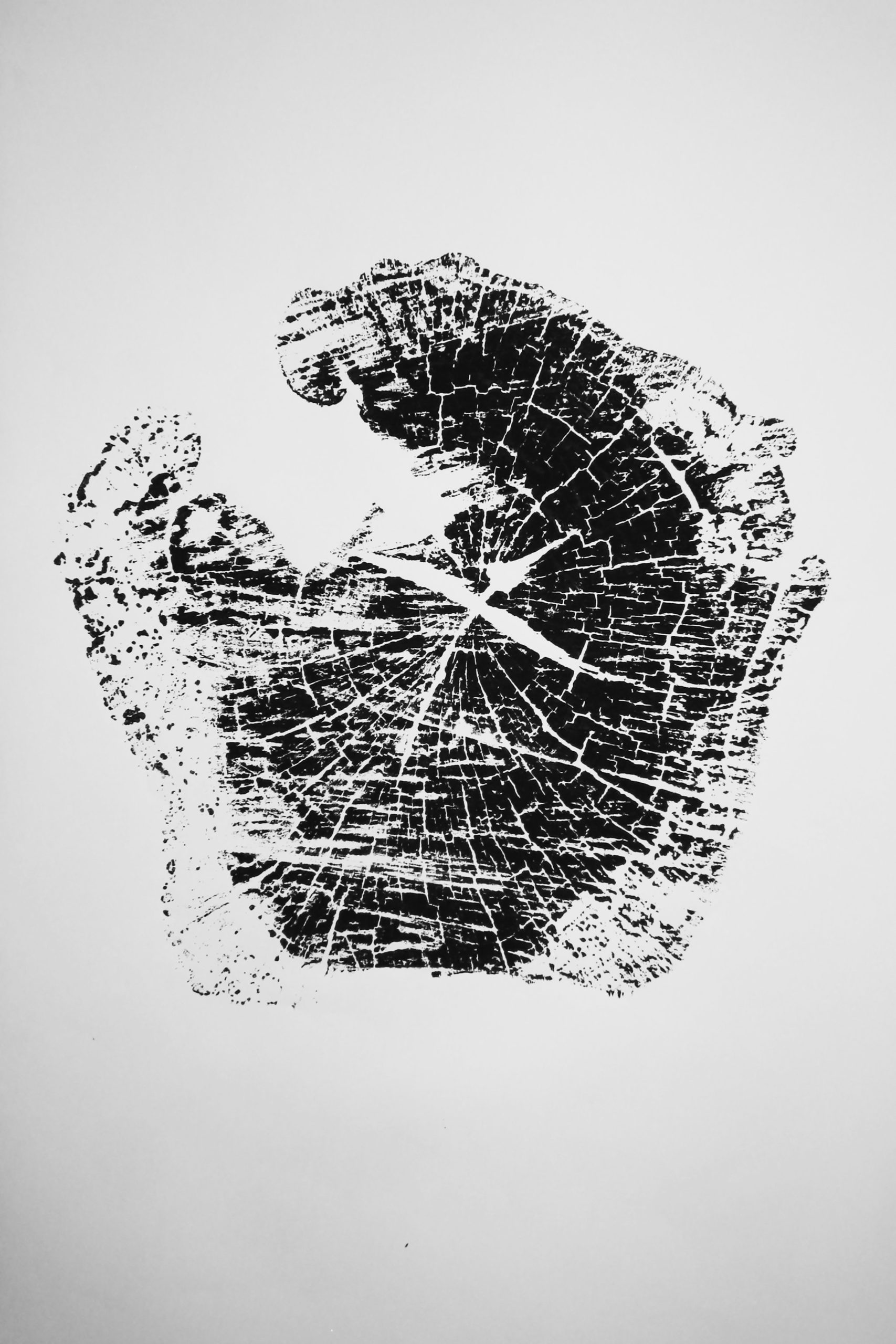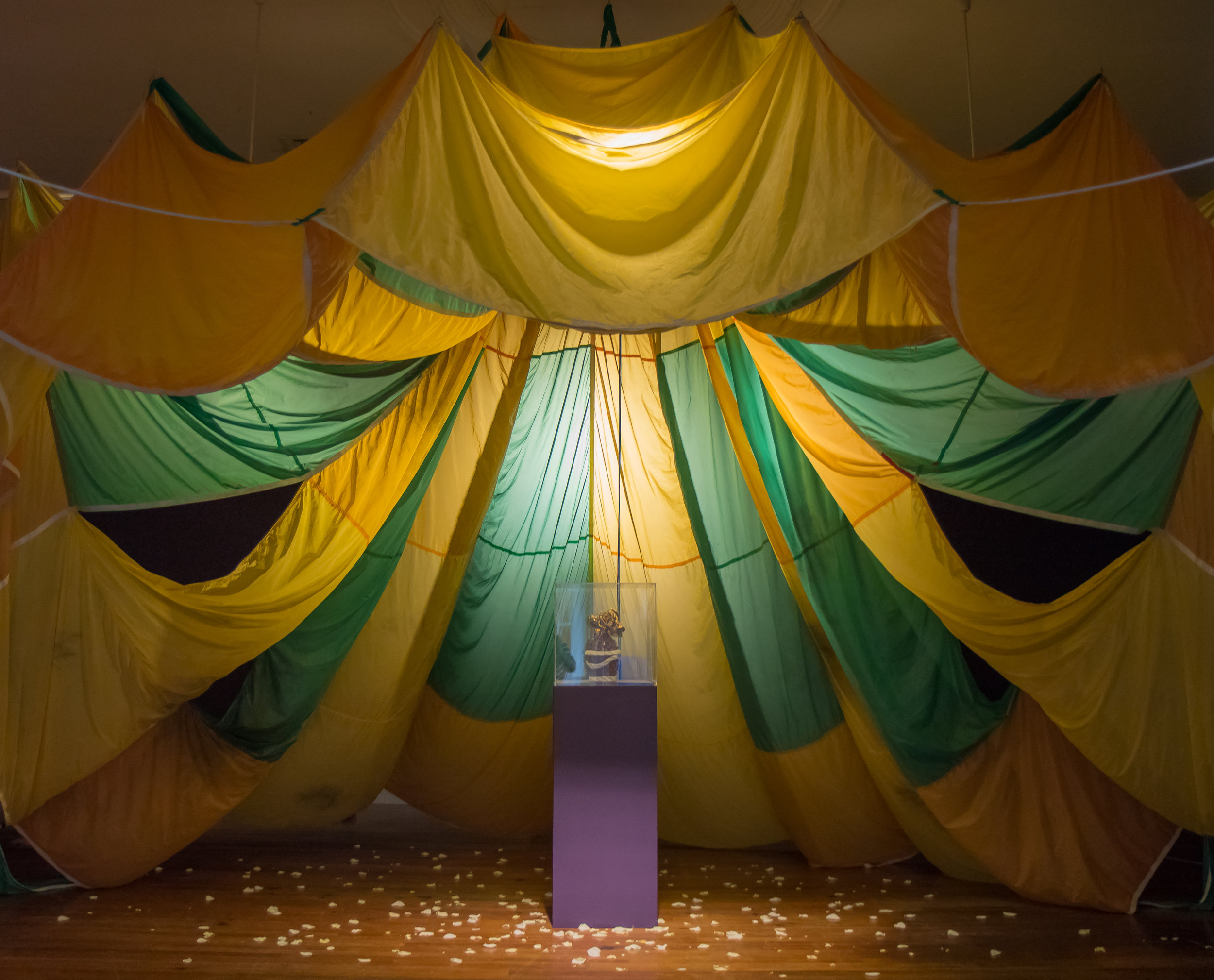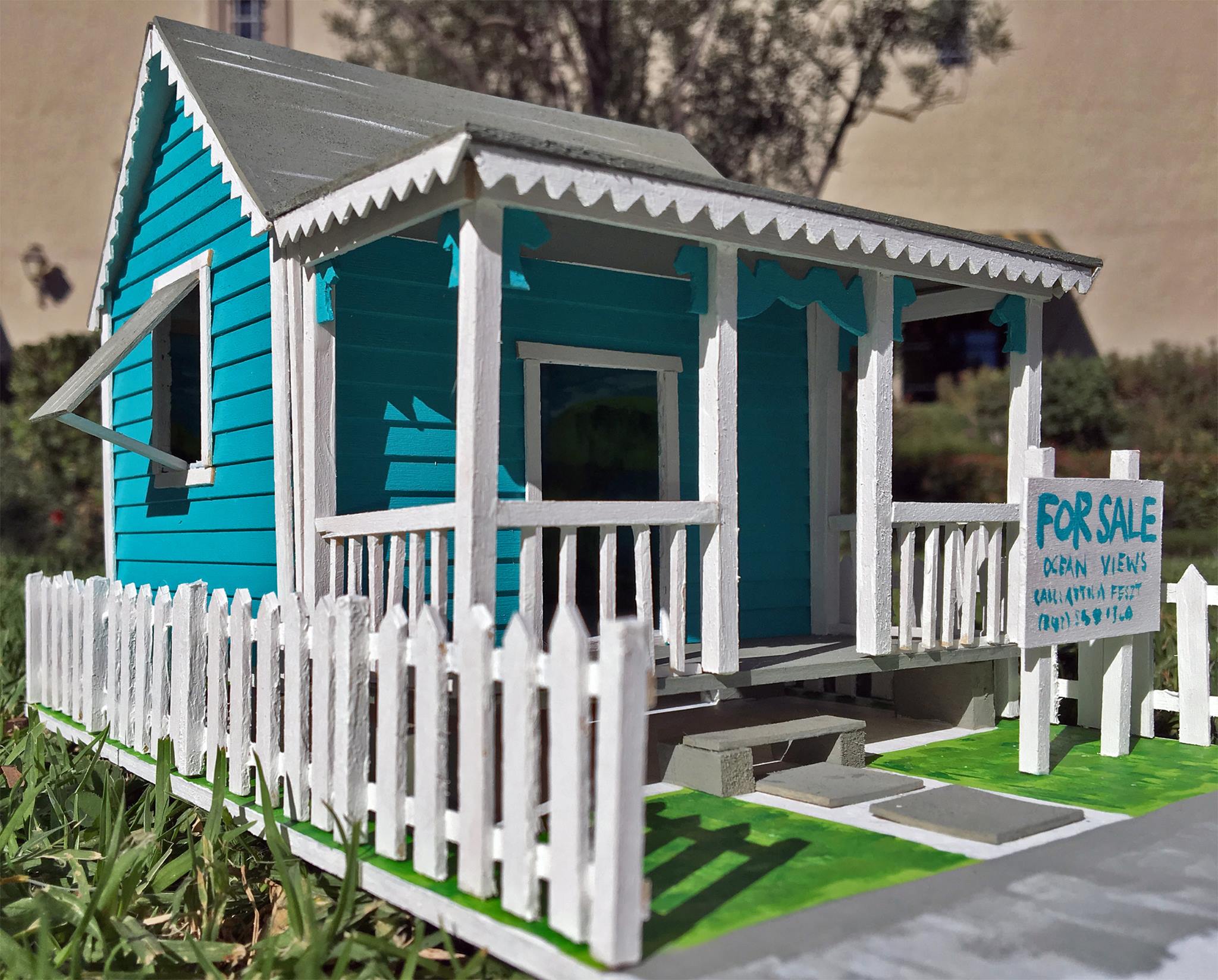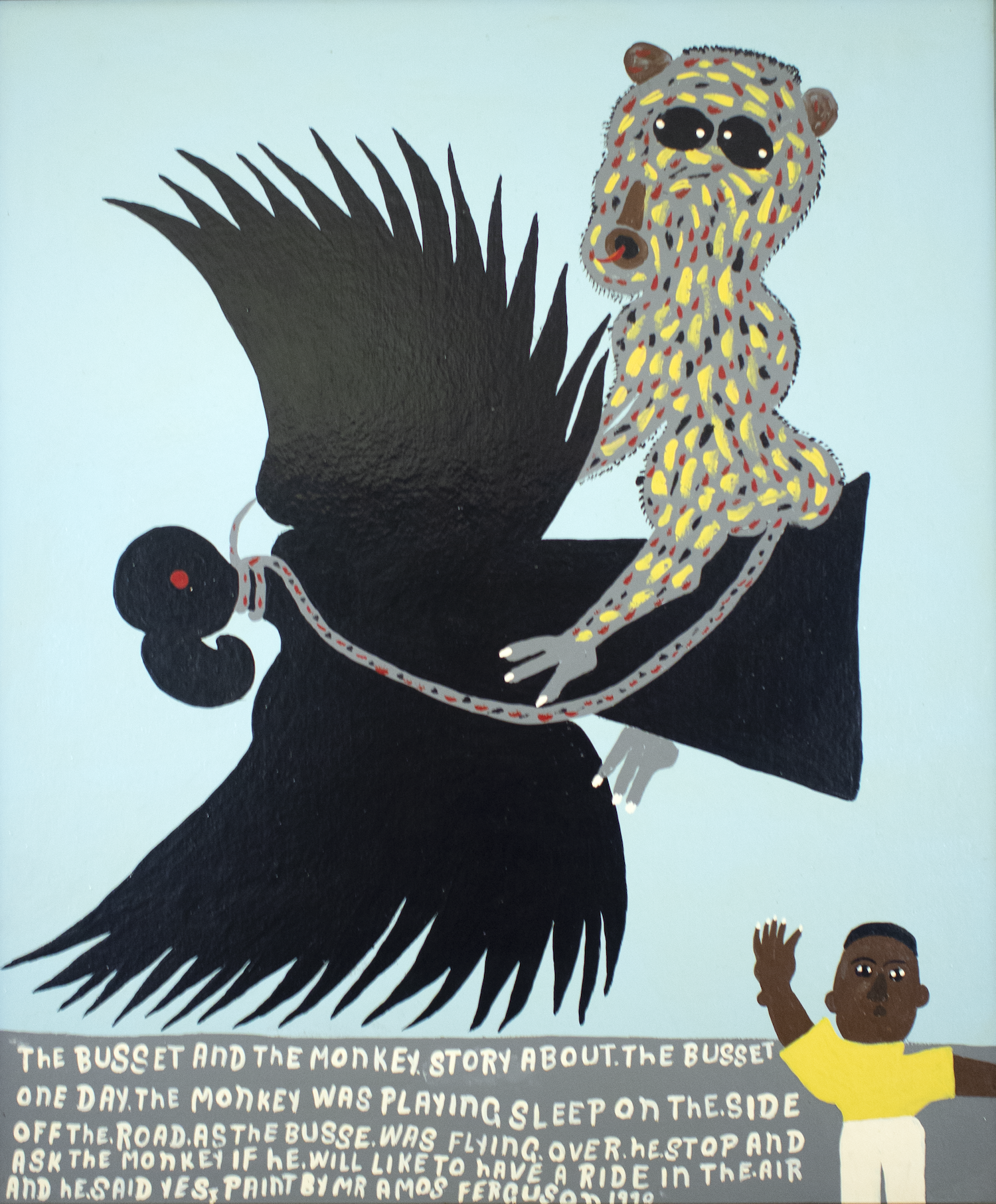By Dr Ian Bethell-Bennett, University of The Bahamas.
My eyes may be dim, but I can see
Though sight be mitigated by supervision,
My view is my experience
I shall not be moved
Art provides an interior image of exteriorised feelings that are usually not openly discussed. The interior/exterior reality of images and experiences is often surreal as it collapses spaces into times that are not always compatible. Art allows whimsical flights of fantasy and fancy, which break down barriers and create potential changes that defy limitations. Photography, at the same time, opens eyes to what is often overlooked, while also capturing an image of something in a unique way that renders it more or less than it is.
